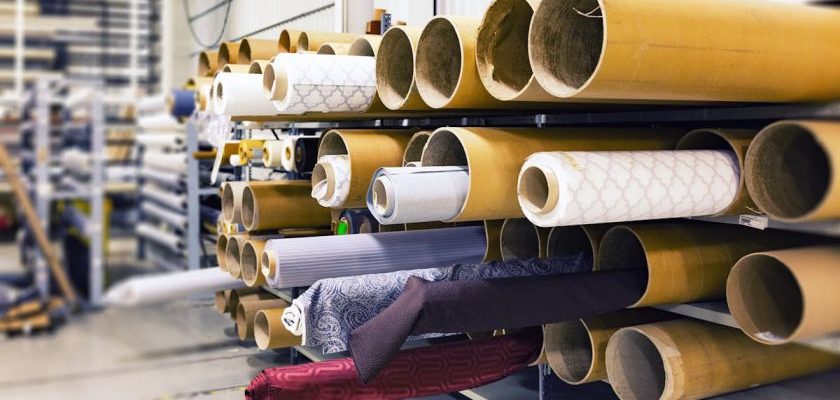Textile manufacturing has been an essential industry for centuries, providing us with the fabrics we wear daily. Over the years, advancements in technology and innovation have revolutionized the way textiles are produced. From sustainable materials to digital manufacturing processes, the textile industry is continuously evolving to meet the demands of a changing world. Let’s explore some of the latest innovations in textile manufacturing that are shaping the future of the industry.
Sustainable Materials and Processes
One of the most significant trends in textile manufacturing is the shift towards sustainable materials and processes. With growing awareness of environmental issues, textile companies are increasingly turning to eco-friendly alternatives such as organic cotton, recycled polyester, and plant-based fibers. Innovations in dyeing and finishing processes are also reducing water consumption and chemical waste, making the industry more sustainable.
Smart Fabrics and Wearables
Another exciting development in textile manufacturing is the rise of smart fabrics and wearables. These fabrics are embedded with electronic components that can monitor vital signs, track movement, and even generate energy. From fitness trackers to temperature-regulating clothing, smart textiles are revolutionizing the way we interact with our clothing and accessories.
3D Printing and Digital Manufacturing
Advancements in 3D printing technology have also had a significant impact on textile manufacturing. This innovative approach allows designers to create complex textile structures and patterns with precision and efficiency. Digital manufacturing processes, such as computerized knitting and weaving, are also streamlining production and reducing waste in the industry.
Nanotechnology and Performance Fabrics
Nanotechnology is another area that is driving innovation in textile manufacturing. By manipulating materials at the nanoscale, researchers are developing fabrics with enhanced properties such as water resistance, stain repellency, and UV protection. These performance fabrics are finding applications in sportswear, outdoor gear, and protective clothing, offering improved comfort and durability.
Collaborations and Cross-Industry Partnerships
In a rapidly changing landscape, collaborations and partnerships between textile manufacturers and other industries are becoming more common. By combining expertise from different sectors such as fashion, technology, and healthcare, companies can leverage their strengths to create innovative products that meet the needs of today’s consumers.
Looking Ahead
As the textile industry continues to evolve, we can expect to see even more exciting innovations in the years to come. From sustainable materials to smart fabrics and advanced manufacturing techniques, the future of textile manufacturing is full of possibilities. By embracing these innovations, companies can stay ahead of the curve and meet the demands of a fast-paced, ever-changing market.

